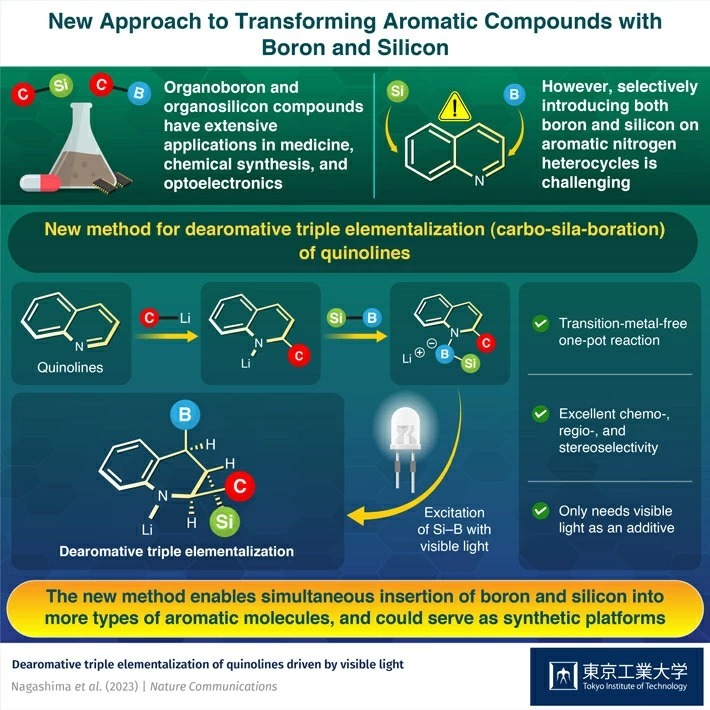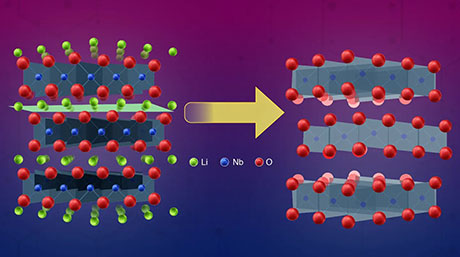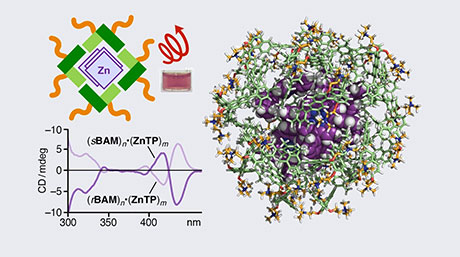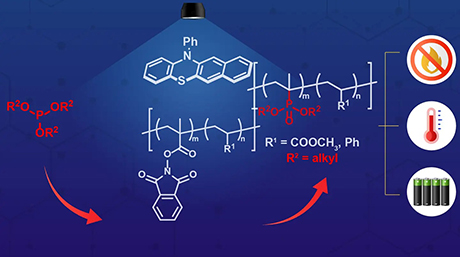Chemical Science and Engineering News
New Horizons for Organoboron and Organosilicon Chemistry with Triple Elementalization
A technique for easily modifying quinolines with carbon, boron, and silicon groups simultaneously has been unveiled by scientists at Tokyo Tech. With organoboron and organosilicon compounds becoming more and more important in pharmaceuticals, the novel technique could facilitate the development of new drugs. Moreover, the modified quinolines can be readily used as convenient scaffolds for synthesizing organic chemicals.

In recent years, organic chemicals containing boron (B) and silicon (Si) have found applications in various fields, including optoelectronics and pharmaceuticals. Moreover, they can also serve as building blocks for complex organic chemicals. As a result, scientists are actively looking for new ways to leverage these versatile chemical tools as well as produce more kinds of organosilicon and organoboron compounds.
One limitation of the synthesis methods currently available for these chemicals is that we cannot introduce multiple B- and Si-containing groups in aromatic nitrogen heterocycles, i.e., carbon rings in which one of the carbon atoms is replaced by a nitrogen atom. If we could produce and freely transform such molecules, it would unlock the synthesis of several compounds relevant in medicinal chemistry.
Fortunately, a research team including Assistant Professor Yuki Nagashima from Tokyo Institute of Technology (Tokyo Tech), Japan found a straightforward way around this limitation. As explained in their most recent study published in Nature Communications, the team developed a method that allows them to modify quinolines, small organic molecules with an aromatic nitrogen heterocycle, with B-, Si-, and carbon-containing groups simultaneously.
Their approach begins with a quinoline or a quinoline derivative that reacts with an organolithium compound with the desired carbon group. This carbon group attaches itself at one of the carbon sites of the nitrogen heterocycle. Then, a single compound containing the Si and B groups joined by an Si–B bond is introduced. This compound replaces the lithium atom and attaches itself through the B group at the nitrogen site.
Finally, by stimulating and eventually breaking the Si–B bond with blue light, the B and Si groups reorganize in a predictable fashion, attaching themselves at different locations within the nitrogen heterocycle. This, in turn, yields a triple hetero-elementalized (carbo-sila-boration) quinoline derivative as the final product.
The team tested their synthesis approach to produce over 30 quinoline derivatives, some of which were produced in high yields. Most notably, the proposed method provided excellent stereo-, chemo-, and regio-selectivity, meaning that the reaction produced the desired compound with high specificity. To top it off, the process was "one-pot" and required only visible light as the additive, greatly reducing the associated costs and time.
Through various experiments and detailed computational analysis, the team further revealed the mechanism at play behind their approach. "Based on our calculations and experimental results, we conclude that the on-site generation of silyl radical species, rather than silyl anions, upon light irradiation facilitates the overall triple hetero-elementalization reaction," explains Dr. Nagashima. The insight will surely prove important for future chemists seeking to develop new synthesis methodologies based on this technique.
Finally, as a proof-of-concept, the team tested a particular hetero-elementalized quinoline as a scaffold for the synthesis of organic compounds. Put simply, they tested how easily one could replace the Si and B groups with arbitrary functional groups, such as -OH, methyl, and phenyl groups. The results were promising, as Dr. Nagashima highlights with eyes on the future: "Although chemo- and stereoselective transformations of Si–B groups are still under study, we believe the carbo-sila-borated quinolines could become versatile synthesis platforms."
Let us see what interesting applications organic chemists can find for the method showcased by the Tokyo Tech team!
- Reference
| Authors : | Shiho Ishigaki1, Yuki Nagashima1,2*, Daiki Yukimori2, Jin Tanaka1, Takashi Matsumoto3, Kazunori Miyamoto2, Masanobu Uchiyama2,4*, and Ken Tanaka1* |
|---|---|
| Title : | Dearomative triple elementalization of quinolines driven by visible light |
| Journal : | Nature Communications |
| DOI : | 10.1038/s41467-023-36161-4 |
| Affiliations : |
1Department of Chemical Science and Engineering, School of Materials and Chemical Technology, Tokyo Institute of Technology 2Graduate School of Pharmaceutical Sciences, The University of Tokyo 3Rigaku Corporation 4Research Initiative for Supra-Materials (RISM), Shinshu University |
|
* Corresponding authors' emails: nagashima.y.ae@m.titech.ac.jp; uchiyama@mol.f.u-tokyo.ac.jp; ktanaka@apc.titech.ac.jp |
|
- Less Is More: "Reduction" Allows for Cleaner and More Efficient Catalytic Reactions | Tokyo Tech News
- Touched by Light: Photoexcited Stannyl Anions Are Great for Producing Organotin Compounds RSS | Tokyo Tech News
- Tanaka Laboratory
- Yuki Nagashima | Researcher Finder - Tokyo Tech STAR Search
- Ken Tanaka | Researcher Finder - Tokyo Tech STAR Search
- Chemical Science and Engineering Graduate Major|Education|Department of Chemical Science and Engineering, School of Materials and Chemical Technology
- Chemical Science and Engineering Undergraduate Major|Education|Department of Chemical Science and Engineering, School of Materials and Chemical Technology
- Graduate School of Pharmaceutical Sciences, Faculty of Pharmaceutical Sciences, The University of Tokyo
- Latest Research News
School of Materials and Chemical Technology
—Encompassing the Disciplines of Science—
Information on School of Materials and Chemical Technology inaugurated in April 2016
Further Information
Assistant Professor Yuki Nagashima
School of Materials and Chemical Technology, Tokyo Institute of Technology






